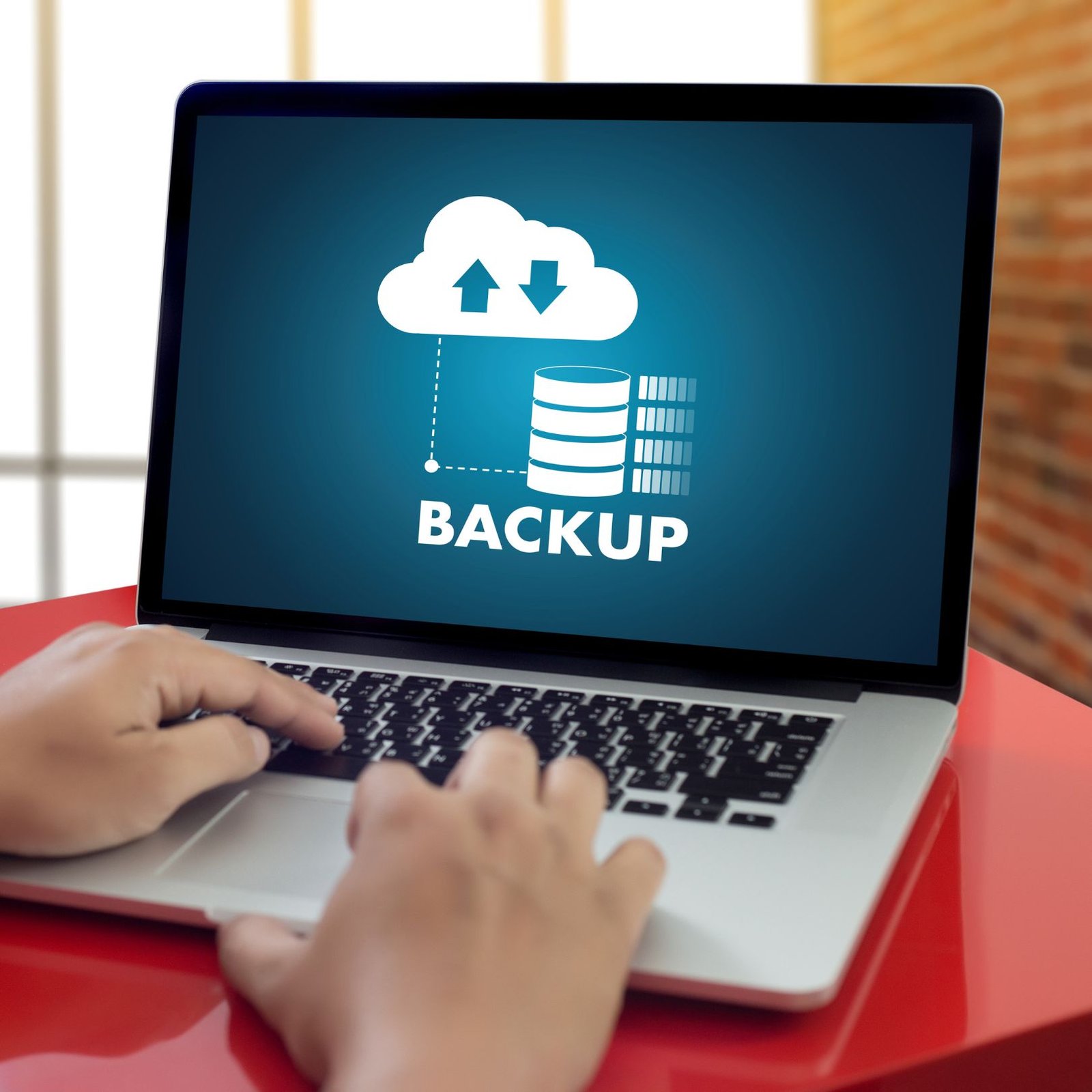Table of Contents
In today’s digital-first world, no business can afford data loss or extended downtime. From cyberattacks and hardware failures to natural disasters, risks to business continuity are higher than ever. This is why data backup and disaster recovery planning services have become a critical part of IT strategies. Whether you run a small business or a large enterprise, having a reliable disaster recovery plan ensures that your operations remain secure, resilient, and uninterrupted.
This guide will explain why data backup and disaster recovery services matter, the key features of disaster recovery planning services, and how modern solutions like Disaster Recovery as a Service (DRaaS) and cloud-based disaster recovery solutions can protect your business.
1. What Are Data Backup and Disaster Recovery Planning Services?
At the core, data backup services ensure that your business data is regularly copied and stored securely—either on-premises, offsite, or in the cloud. On the other hand, disaster recovery planning services go a step further by creating a structured process to recover IT systems, applications, and operations after a disruption.
Together, these solutions provide a business continuity and disaster recovery (BCDR) strategy that keeps your company operational in the face of unexpected events.
2. Why Every Business Needs Backup and Disaster Recovery
Businesses often underestimate the cost of downtime until disaster strikes. According to industry research, even a few hours of downtime can result in thousands of dollars in revenue loss. Beyond the financial impact, data loss can damage customer trust and brand reputation.
Here are some top reasons why disaster recovery planning services are essential:
- Protection against cybersecurity threats like ransomware.
- Ensuring compliance with data protection regulations.
- Minimizing downtime through fast recovery times (RTO & RPO).
- Safeguarding intellectual property and customer data.
- Supporting business growth with scalable disaster recovery solutions.
3. Types of Disaster Recovery Solutions
Not all businesses require the same level of protection. The right data backup and disaster recovery services depend on business size, IT infrastructure, and budget.
a. Traditional Disaster Recovery
This method uses physical servers and offsite data centers. While effective, it can be costly and time-consuming.
b. Cloud Disaster Recovery Solutions
With cloud disaster recovery services, businesses replicate data and applications in the cloud, enabling quick failover and recovery. These solutions are flexible and cost-effective, making them ideal for startups and SMBs.
c. Hybrid Cloud Disaster Recovery
Combining on-premises and cloud backup, hybrid cloud disaster recovery provides the best of both worlds—speed, reliability, and scalability.
d. Disaster Recovery as a Service (DRaaS)
DRaaS is a managed service where providers handle the backup, replication, and recovery processes for you. This makes it affordable, especially for companies without dedicated IT teams.
4. Key Features of Disaster Recovery Planning Services
When choosing disaster recovery services for businesses, here are some must-have features:
- Automated Data Backup Solutions – Ensures no critical files are missed.
- Secure Cloud Backup Services – Encrypted and compliant storage.
- High Availability & Redundancy – Guarantees business continuity.
- Scalable Data Recovery Services – Adapts to business growth.
- Offsite Data Backup Solutions – Protects against local disasters.
- Monitoring & Reporting Tools – Provides visibility into backup health.
- Affordable Disaster Recovery Services for Small Businesses – Cost-efficient options for startups and SMEs.
5. How to Choose the Right Data Backup and Disaster Recovery Service Provider
Selecting the right IT disaster recovery planning services can be overwhelming. Here are steps to guide your decision:
- Assess Your Business Needs – Identify mission-critical applications and data.
- Understand RTO and RPO Requirements – Define acceptable recovery time and data loss thresholds.
- Compare Service Providers – Look for experience, certifications, and compliance.
- Check Scalability Options – Ensure the solution grows with your business.
- Evaluate Cost vs. Value – Don’t just go for cheap; look for reliable solutions.
6. Benefits of Professional Data Backup and Disaster Recovery Services
Partnering with experts for disaster recovery planning services offers several advantages:
- Business Continuity – Keeps your operations running even during crises.
- Risk Mitigation – Protects against cyberattacks, hardware failures, and disasters.
- Cost Savings – Avoids expensive downtime and data recovery costs.
- Regulatory Compliance – Ensures data storage meets industry standards.
- Expert Support – Access to specialists for monitoring and recovery.
7. Step-by-Step Disaster Recovery Planning Guide
Every business should have a structured disaster recovery plan. Here’s a simplified approach:
- Identify Critical Assets – Prioritize what data and systems matter most.
- Assess Potential Risks – Natural disasters, cyberattacks, or human error.
- Define RTO & RPO Goals – Set realistic recovery targets.
- Choose the Right Backup Strategy – Cloud, hybrid, or offsite solutions.
- Test the Plan Regularly – Simulate failures to ensure effectiveness.
- Train Employees – Everyone should know their role in recovery.
- Update Continuously – Adapt the plan as your business grows.
8. The Future of Data Backup and Disaster Recovery Services
With the rise of cloud computing, AI, and automation, data backup and disaster recovery planning services are becoming more intelligent and proactive. Modern solutions now include:
- AI-driven monitoring for predictive threat detection.
- Automated failover systems for instant recovery.
- Scalable cloud disaster recovery for hybrid environments.
- DRaaS for SMBs and enterprises for cost-effective resilience.
Conclusion
In an unpredictable business environment, investing in data backup and disaster recovery planning services is no longer optional—it’s essential. From cloud disaster recovery solutions to DRaaS, businesses now have more affordable, flexible, and reliable options than ever before. By implementing a strong business continuity and disaster recovery strategy, organizations can reduce risks, minimize downtime, and protect their most valuable asset data.









